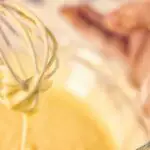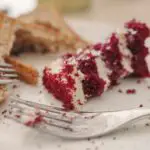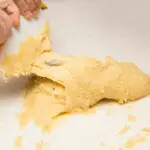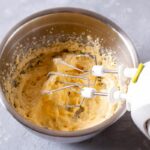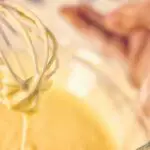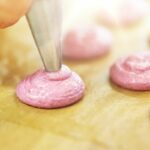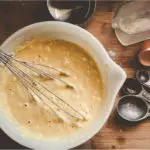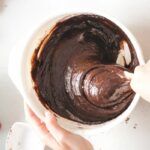There’s no doubt about it, the electric mixer is one of the greatest culinary inventions ever.
Mixing cake batter by hand can be tough, but a stand mixer eliminates the need for what can often be strenuous, time-consuming labor.
However, unless you have joint issues or you’re short on time, there’s really no rule that says an electric mixer is essential.
The humble hand mixer can often do the job just as well!
How Do You Mix Cake Batter Without a Mixer?
While a stand mixer or an electric mixer isn’t a necessity to mix cake batter, you’ll still need the right tools to get the job done – especially when you’re doing things manually.
Here are a few of the most essential tools you’ll need to mix cake batter without a mixer.
Whisk
First off, you’ll need a whisk. A whisk can be a great substitute for a mixer when mixing batter.
They may not have the same power as an electric mixer, but they can still do the same job with a bit of elbow grease!
Whisks can be used to whip and beat your cake batter, which adds air to the mixture, making it light and fluffy.
Most whisks are made from metal or silicone, so make sure you choose the most comfortable whisk for you.
However, thick cake batter should be avoided. Thicker mixtures can be tougher to whisk by hand, and you won’t get the same results as you would with an electric mixer.
Spoon
If you’re mixing by hand, you’ll also need a spoon. Your spoon should have a large enough surface area to mix your cake batter.
A smaller surface area will require more effort, and may not produce quality results.
Spoons are great for mixing your egg whites, baking soda, and other ingredients together, and they’re particularly great for creaming butter.
Like whisks, spoons come in all shapes, sizes, and materials.
Although silicone spoons are great for scraping the sides of your mixing bowl, they bend easily, which will require more effort when you mix cake batter that’s a little on the thick side.
Mixing Bowl
Now you have the right tools, you’ll also need the main event – a mixing bowl.
The mixing bowl is a staple in any kitchen – whatever ingredients your recipe calls for, you’ll need a mixing bowl to bring it all together.
When choosing a mixing bowl, we’d advise selecting one with a non-slip base and handles. This will make it easier to mix cake batter and will prevent your bowl from sliding off the countertop.
The Techniques You Need To Mix Without A Mixer
Having the right tools is a great start, but it’ll only get you so far. If you want to transform your cake mix into the perfect cake, you’ll also need the right technique.
Creaming
One technique you can try is creaming.
If your recipe requires butter and sugar, you’ll need to cream them together by letting your butter warm up at room temperature, breaking it up, and mixing it together with your sugar.
When you do this, break your butter up into smaller chunks to make it easier to cream by hand.
When you start mixing the ingredients with your wooden spoon, the butter and sugar mixture will expand and should be light and fluffy when you’re done.
Your butter will take around an hour to warm at room temperature.
Whipping
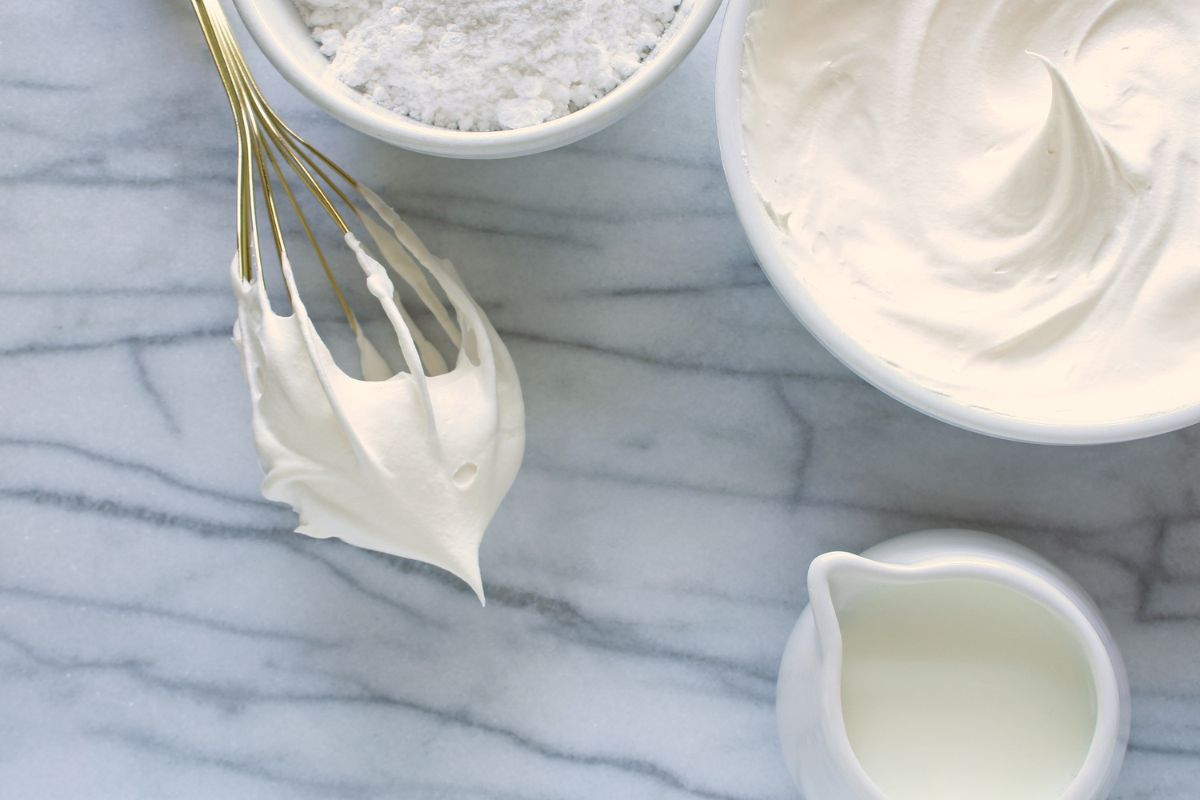
If you want to mix cake batter by hand, you’ll also need to know how to whip your mixture together.
By whipping and beating your batter with a wooden spoon or whisk, you’ll add extra air to the mixture. This technique requires a LOT of elbow grease, so be prepared to put the work in.
If you’re making cake batter that’s thick, you’ll need a wooden spoon. If you’re beating lighter ingredients, like egg whites, you’ll need a whisk.
To whip your ingredients correctly, you’ll need to make quick, circular movements with your wooden spoon or whisk.
When the mixture comes together, it should be airy and light, not thick.
Are Mixers Essential?
Although a stand mixer isn’t essential, most bakers prefer them – especially when beating lighter ingredients like eggs.
A stand mixer can produce the quick, circular movements needed to create a fluffy mixture. Although it’s possible to do this by hand, it takes a lot longer and requires far more effort than a stand mixer.
Even if you add baking powder to your mixture, a wooden spoon or whisk may not produce the same results as your stand mixer.
Mixers also ensure your ingredients, like chocolate chips, butter, and flour, are mixed together appropriately.
A wooden spoon doesn’t always mix well, which can result in an uneven cake filled with lumps and bumps.
However, it’s still possible to produce great-tasting cakes without a mixer.
The average wooden spoon can do a great job, as long as you use the right technique, and are prepared to put your arms to work.
Things To Avoid
With this in mind, there are a few things you need to avoid when mixing by hand.
Heavy Batter
A heavy batter can be difficult to mix without an electric mixer. Thicker batters also tend not to rise as much, so it’s best to use a lighter batter.
Avoid Butter
Butter takes a lot of effort to mix by hand. If you’re finding it too hard to mix together, you could use a substitute like oil.
Oil will give you a more consistent texture, and you won’t have to wait for it to melt.
Final Thoughts
Whether you’re creating a classic red velvet cake or a whipped cream filled creation, it’s possible to mix your cake by hand!
Although mixers are preferred for heavy batter, you can still create the perfect cake with a whisk, spoon, and a mixing bowl.
Just ensure you’re using the right technique, be prepared to use your arms, and invest in a non-slip bowl to make your baking experience easier!

